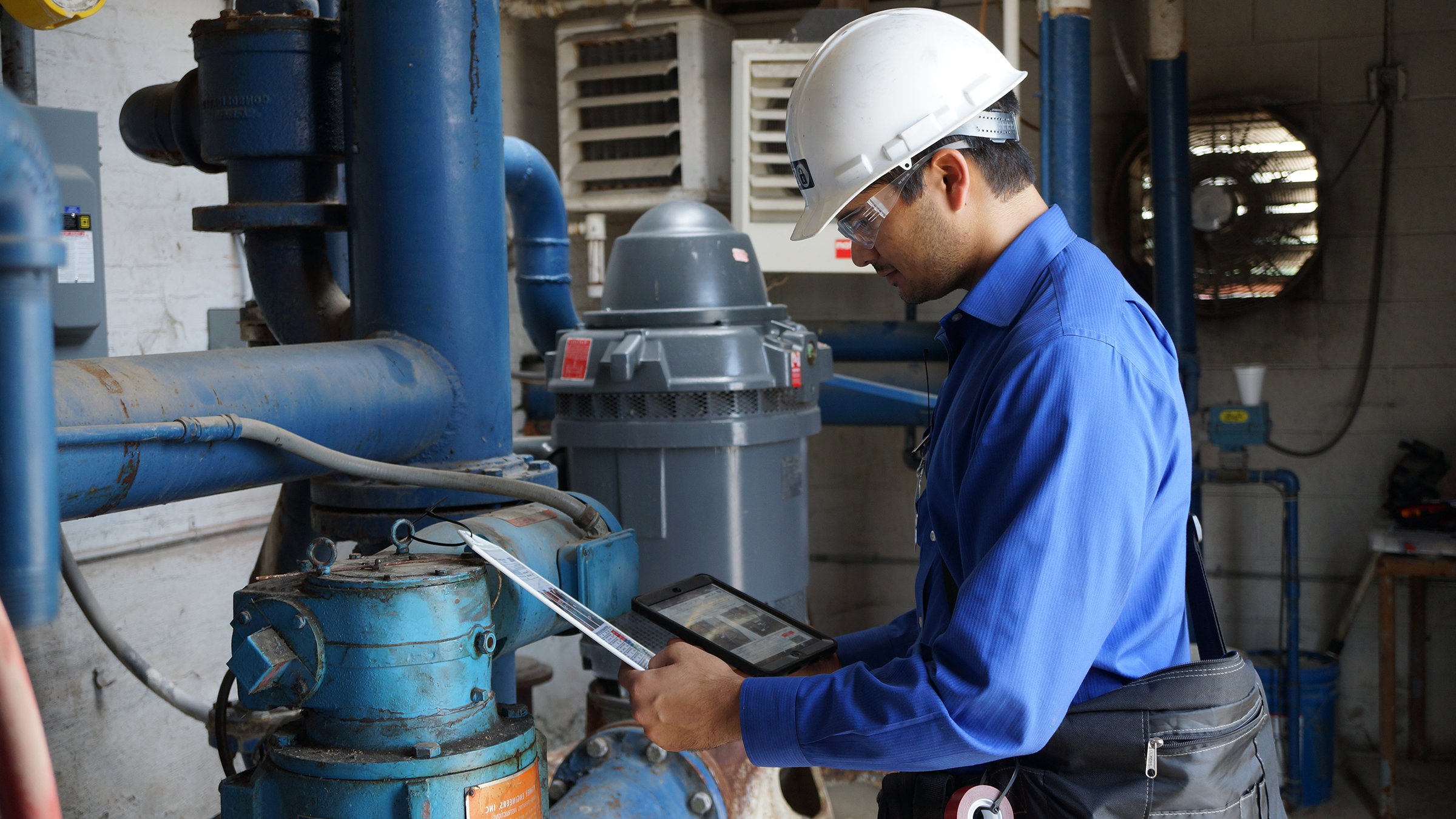It’s that time again: your annual lockout/tagout (LOTO) audit of machine-specific procedures and employees. Yes, you heard that right. Employees are also audited. Before you worry, read these quick tips and reminders to make the process go more smoothly.
1. Keeping your lockout/tagout program up to date is vital for maintaining employee safety.
Ongoing LOTO program maintenance is necessary for compliance with OSHA standard 1910.147, but it may seem a daunting task. A compliant program includes annual audits of your machine-specific procedures and LOTO authorized employees. Audit work can be reduced by implementing a system that captures machine changes as they happen, so that the machine-specific procedures can be actively changed. This could involve performing an audit on a machine after any machine alteration, which has the benefit of spreading out the audit work throughout the year and making sure the procedures are never outdated. The final step is implementing a system that will identify new equipment and notify the proper personnel that a procedure must be created.
2. OSHA requires annual auditing of both employees and lockout/tagout procedures.
Although the two processes are different, associating employee auditing and procedure auditing is a good way to make sure both get done. OSHA requires that every machine-specific procedure is audited every year. This does not mean that it all must be done at once. Many companies choose to spread out their audit over the course of a year. The purpose of the audit is to verify that the procedures are still accurate, and the employees have the correct information to perform safe lockouts. OSHA also requires that records of the audit process are kept.
3. If OSHA comes to review your lockout procedures, this is what they will look for:
- Date the machine-specific procedure was audited
- Name or initials of the employee who performed the audit
- Whether changes were made to the procedure
- Records of the above for the previous 5-10 years
4. OSHA will check that authorized employees can perform lockout/tagout properly.
The second part of the audit process is auditing employees on their lockout/tagout aptitude. OSHA requires that a “sample” of employees be audited every year to confirm they are knowledgeable in the lockouts they are performing. The term “sample” is vague and is left up to the discretion of the employer. If an employee is not performing their lockout responsibilities in an approved manner, their employer is required to retrain them before they can perform another lockout.
5. By identifying necessary lockout/tagout procedure changes throughout the year, you will minimize the time it takes to perform a LOTO audit.
The audit process can be made simpler if the employer creates a system that identifies changes made to equipment and actively updates the procedures. Without a system in place, changes like valve replacement, electrical work, and equipment modification will happen without the knowledge of those responsible for maintaining the lockout/tagout program. A successful method for handling this is to keep written records of all maintenance performed on equipment with machine-specific procedures, and then store the records digitally so the safety staff in charge of the lockout program will always have access. However, while this may be the most convenient method for the safety staff, it may be a hassle for maintenance staff to find a computer after every repair they finish. And often when something is a hassle, it may not get done. One solution is to have a logbook at the machine, in which maintenance staff can quickly write down what they did. This process saves the maintenance staff time, and also produces a record the safety staff can access.
6. Lockout/tagout procedures should be developed BEFORE a machine begins operating.
The final step in maintaining an up-to-date lockout program is keeping track of new equipment and confirming that corresponding procedures get created. Just like with machine maintenance, safety staff is not always alerted when equipment is added or replaced. For example, common pieces of equipment that may not get noted are pump replacements, maintenance room equipment, and rooftop equipment. Alerting safety staff about new equipment can be a job assigned to the accounting division. For tax reasons, accounting will always have records of equipment purchases and when a piece is removed. It is possible to set up an email program that can alert your safety team when equipment is added or removed. After a system is put in place, it is the safety department’s responsibility to create the procedure.
Employee safety must be at the center of all lockout/tagout decisions
Employers owe it to their employees to keep them safe. Having an up-to-date lockout/tagout program should be a priority for employee safety, rather than just remaining OSHA compliant. Annual auditing and knowledge about equipment changes is crucial to providing 100% lockout compliance.
If you need assistance in performing your annual lockout/tagout audits, Rockwell Automation safety services experts are here to help. Contact RACSMSAFETY@ra.rockwell.com and our TÜV Rheinland-certified safety experts can help you with procedure creation, training, policy creation, machine safety and more.




